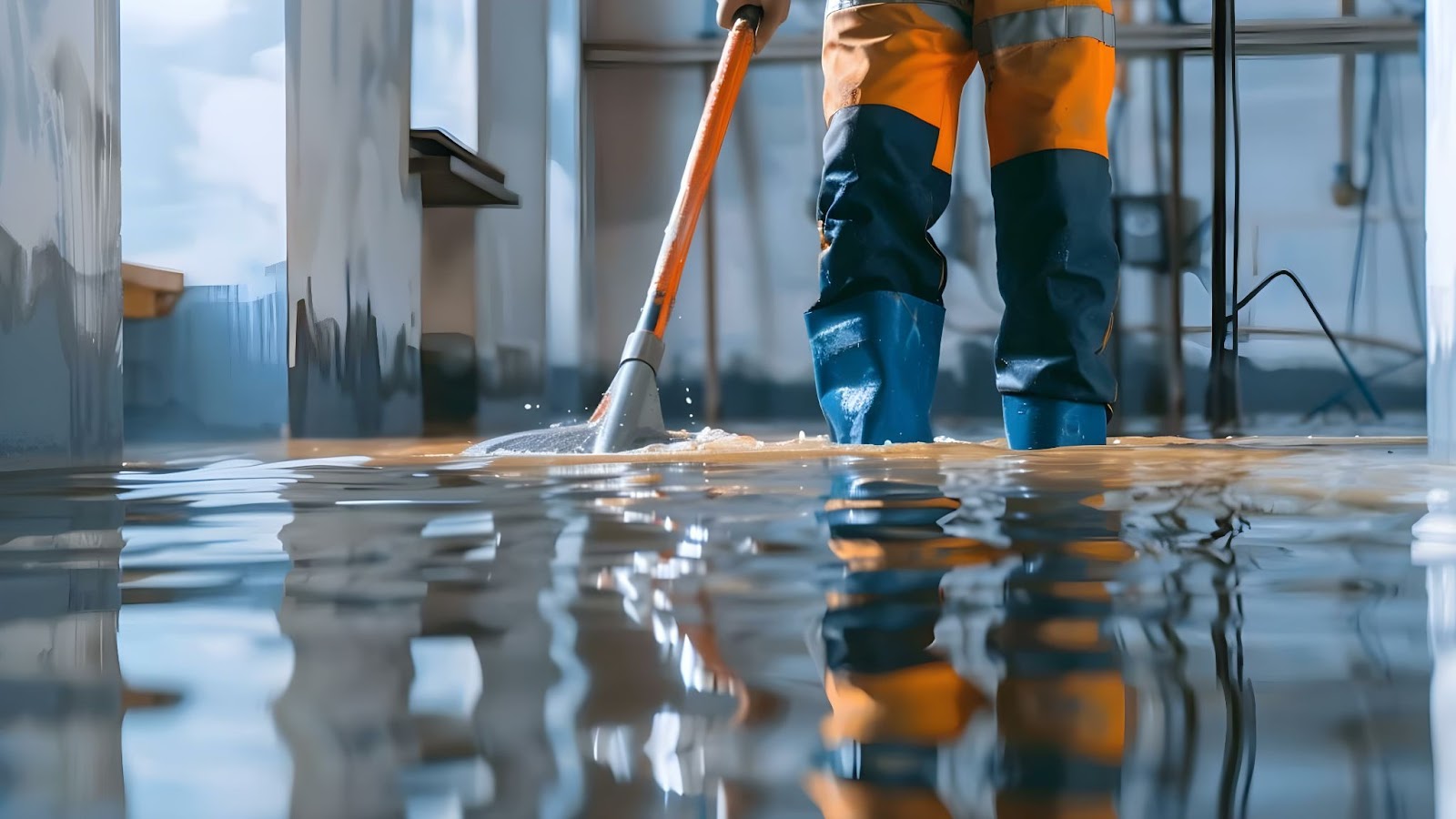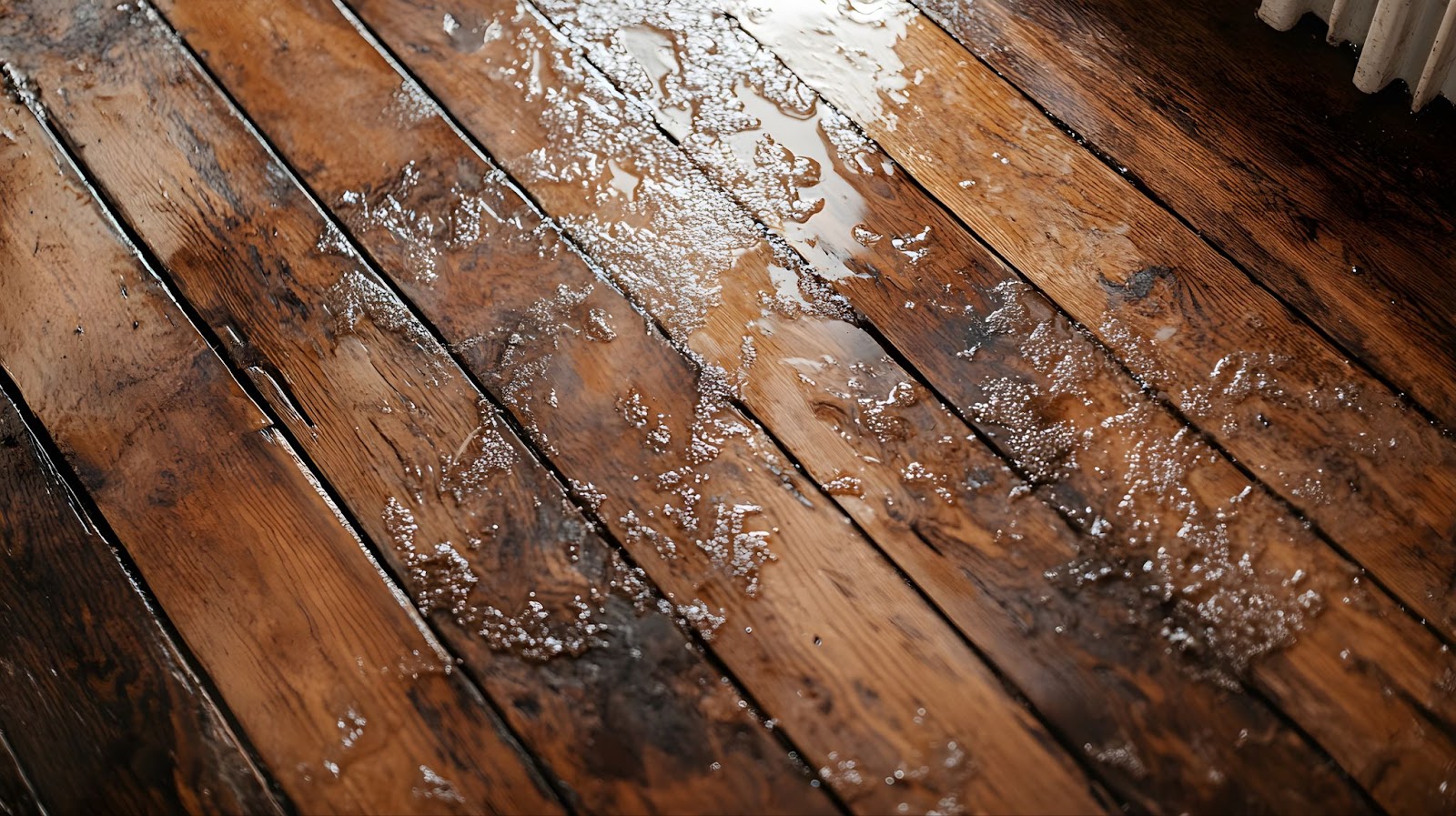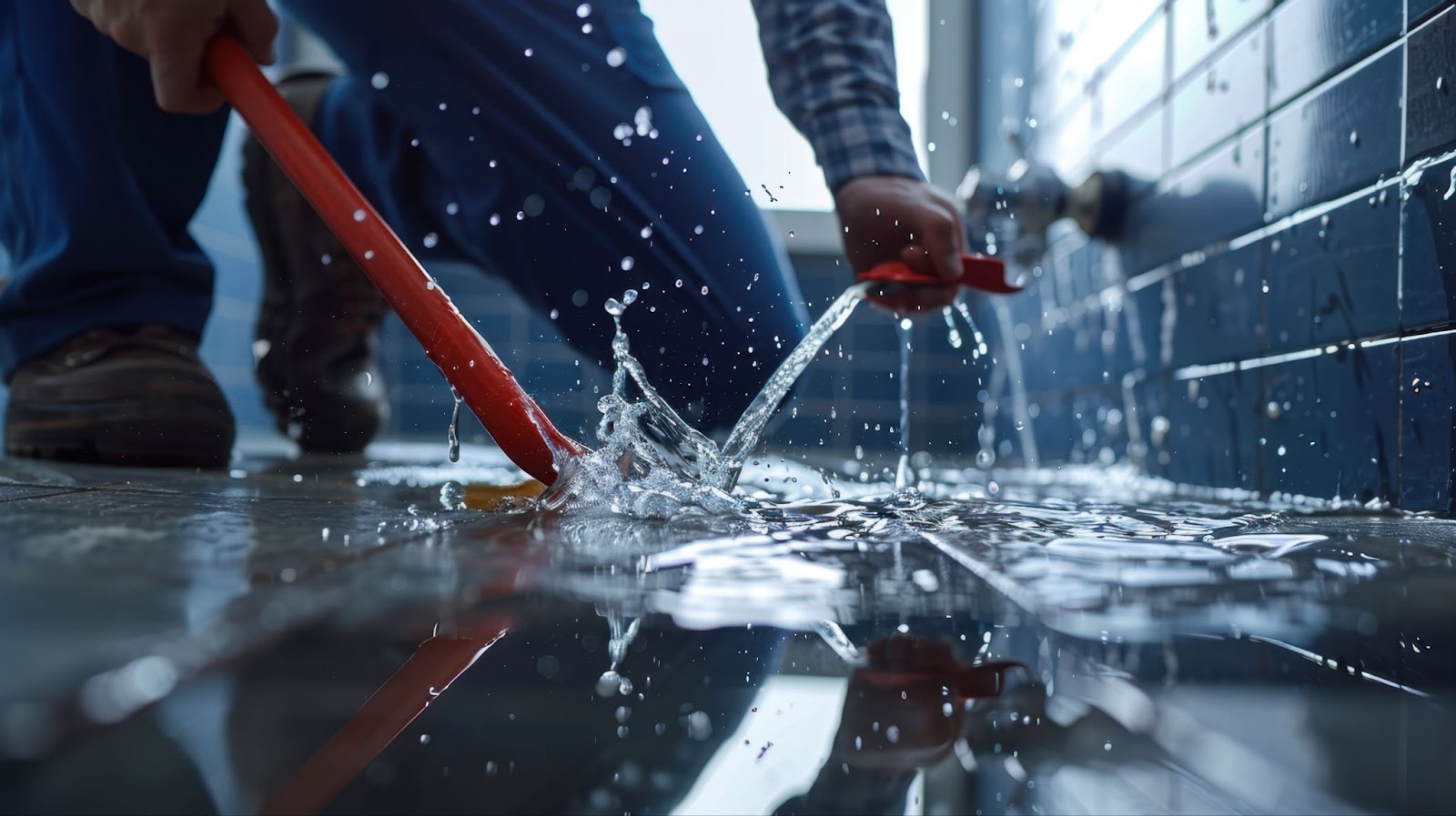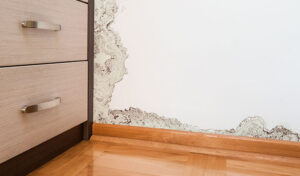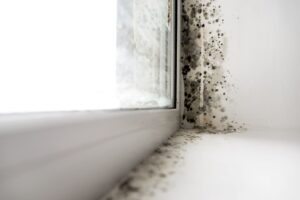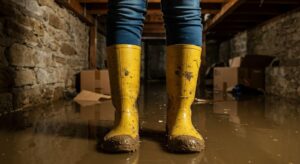Understanding how to navigate the intricate world of flood damage repair is essential for any homeowner seeking to reclaim their space. Restoring your home is not only about physical clean up; it involves strategic decisions that will save you time, money, and heartache.
Flooding presents multiple challenges, from structural damage to the risk of mold growth, making immediate action essential.
Many individuals make the mistake of attempting to handle repairs independently, unaware that professional flood restoration services can streamline the process and minimize losses. This is why awareness of common pitfalls in flood clean up services is vital for anyone facing the daunting task of flood damage repair.
This article will explore the most common mistakes to avoid when tackling flood damage repair. Let’s dive in!
Mistake #1: Delaying the clean-up process
Waiting too long to initiate flood damage repair may significantly exacerbate the damage, increasing the likelihood of structural damage and mold growth. Flood restoration services should begin within 24-48 hours to minimize further damage to your property.
When water seeps into materials like wood, drywall, and insulation, it weakens structural components, necessitating extensive and expensive repairs. Moisture also creates an ideal environment for mold to thrive, which leads to health issues and additional remediation costs.
Contacting flood clean up services promptly will help you avoid the pitfalls of delaying repair. These professional services are equipped to assess the damage, extract the water, and begin the drying process promptly, thus mitigating the risks of lingering water damage.
Remember, speed is of the essence. Quick response preserves the integrity of your property and saves you from unexpected costs that arise from delayed actions.
Mistake #2: Not calling the professionals right away
When disaster strikes, there’s a natural inclination to roll up one’s sleeves and tackle flood damage repair head-on.
Yet, one of the most common mistakes homeowners make is not contacting flood restoration services immediately after the flood.
Time is of the essence after flooding; waiting will exacerbate water damage, leading to unnecessary structural damage and mold growth.
Professional flood clean up services possess the expertise, specialized tools, and understanding of current building codes to handle the situation efficiently. They also bring their experience in dealing with insurance claims, which streamlines the process and may reduce unexpected costs.
It may seem counterintuitive, but these experts’ immediate assistance increases the likelihood of salvaging more of your precious home and belongings.
Mistake #3: Not documenting the damage
An often-overlooked step in the flood damage repair process is documenting the damage thoroughly. Homeowners and property managers should take extensive photographs and videos of all affected areas immediately after the flood. You’ll need this visual evidence when you contact your insurance company to make a claim.
Proper documentation should include capturing the extent of water penetration, notable structural damage, damaged personal items, and any watermarks that indicate the level of water exposure.
It’s also vital to jot down dates and detailed descriptions to accompany your visual records. These records are your proof of the initial impact and will likely influence the outcome of your claim. They will potentially prevent unexpected costs.
Keep a log of all communications with your insurance provider and flood restoration services. This will help ensure that no detail goes unnoticed.
Remember, insurance companies assess claims based on evidence. Without it, you risk jeopardizing coverage for your flood clean up services and any necessary structural or roof repair.
Mistake #4: Overlooking hidden water damage
Even when surfaces appear dry, moisture may lurk beneath, causing structural damage and mold growth. This comes with unseen consequences and structural risks.
First, hidden moisture behind walls, under floors, and in HVAC systems creates an ideal environment for mold and mildew, compromising air quality and structural integrity.
Second, water in the framework weakens structural elements, increasing the chances of collapse and leading to significant unexpected costs.
Hire professional water damage restoration services to thoroughly assess the situation using specialized tools to avoid this mistake.
Before they even arrive, looking for signs of water damage, like water stains or musty odors, is a good idea. But even if you don’t see apparent signs of water damage, don’t assume there isn’t any. There could be; that’s why you’re bringing in the professionals. Ensure the flood restoration services check areas prone to accumulating moisture, such as crawl spaces and insulation.
By not overlooking the less obvious damages, you’ll safeguard your property’s structural competence and maintain a healthier living environment.
Mistake #5: Skipping proper drying and dehumidification
In the journey of flood damage repair, it’s imperative not to cut corners when it comes to drying and dehumidifying your space. Many individuals underestimate the importance of this step, leading to prolonged moisture presence and, consequently, mold growth and structural damage.
After the initial flood clean-up services have done their part, ensuring total dry-out of the affected area is paramount. Here’s why:
- You prevent mold growth. Moist environments are breeding grounds for mold and mildew, which can pose health risks and further damage your property.
- You avert structural damage: Excess moisture weakens structural elements like wood and metal pipes, risking the integrity of your home.
- You ensure thoroughness: Some signs of water damage are not immediately visible. Proper drying uncovers hidden issues before they worsen.
- You safeguard your personal belongings: Thorough dehumidification helps to salvage more items, reducing the overall impact of the flood.
Remember, flood restoration services include professional water damage restoration, which leverages specialized tools and techniques to ensure a thoroughly dried environment.
Mistake #6: Not addressing mold growth
Ignoring mold growth ranks as a critical error during flood damage repair. Post-flood environments are usually damp and humid, forming the perfect breeding grounds for mold. This hazardous material not only undermines the structural integrity of your property but poses severe health risks as well.
Several key steps to addressing mold include:
- Taking quick action: Act within 24-48 hours to prevent mold from taking hold.
- A professional assessment: Hire flood clean-up services specializing in mold detection and removal.
- Thorough drying: Utilize dehumidifiers and fans to dry out affected areas completely.
- Sanitization: Clean and sanitize all surfaces after drying to kill mold spores.
- Material removal: Discard any porous materials that are heavily mold-infested.
- Inspection and testing: Post-removal, ensure a professional inspects and tests the area to confirm that you’ve eradicated the mold.
Failure to tackle mold growth leads to additional, costly repairs and health concerns. Flood restoration services professionals have the expertise and specialized tools to handle such contaminants effectively. Don’t risk your health or property stability; address mold growth immediately.
Contact Total Flood & Fire Restoration today
Don’t wait until it’s too late. At Total Flood & Fire Restoration, we help you reclaim your home or business with fast, expert care. Our dedicated team understands the stress and urgency of flood damage, and we’re equipped to handle every step of the restoration process — thoroughly and safely.
Whether you need immediate assistance or a consultation, reach out today, and let us use our expertise to help you. You deserve to move forward confidently; we’re ready to make that happen. Call Total Flood & Fire Restoration now for dependable, compassionate flood damage repair.

